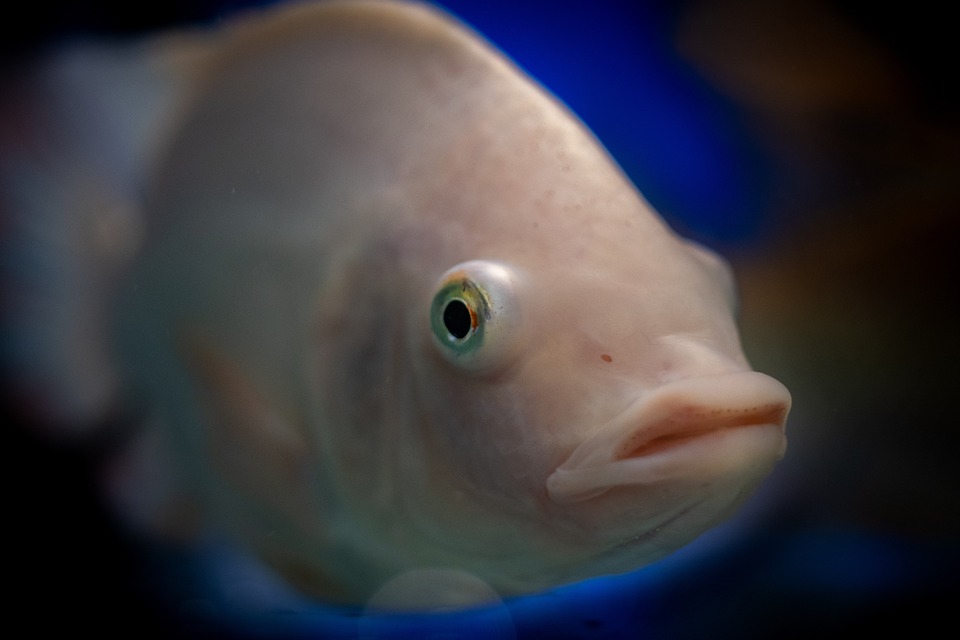Understanding Aggressive Fish Behavior: How to Respond
Introduction to Aggressive Fish Behavior
As aquarium enthusiasts, we often enjoy observing the captivating behaviors of our fish. However, aggression in fish can sometimes disrupt the peaceful harmony of our aquatic environment. Understanding aggressive fish behavior is crucial for maintaining a balanced and healthy tank. In this article, we will explore the signs, causes, and appropriate responses to aggressive behavior in fish.
Identifying Aggressive Fish Behavior
1. Flaring Fins and Posturing: When fish flare their fins, create an arched posture, or display intense coloration, it is often a sign of aggression. These behaviors are most common in territorial species.
2. Chasing and Nipping: Aggressive fish may relentlessly chase or nip at other tank mates, causing stress, physical harm, and even death. This behavior is often seen during feeding time or when establishing dominance.
3. Aggression towards Specific Species: Some fish exhibit aggression selectively, targeting particular species or individuals. This can be due to incompatible temperaments, territorial disputes, or competition for resources.
Causes of Aggression in Fish
1. Territoriality: Many fish species are naturally territorial and exhibit aggression to defend their claimed space. Lack of sufficient hiding spots or overcrowding can intensify territorial behavior.
2. Mating Season: During breeding season, some fish become highly territorial and aggressive in order to protect their nests, eggs, or potential mates.
3. Inadequate Tank Size: A small tank with limited swimming space can lead to heightened aggression as fish vie for territory and resources.
4. Imbalanced Gender Ratio: Keeping an imbalanced ratio of males and females can increase aggression, especially among males competing for limited female attention.
5. Inadequate Food Supply: Insufficient food availability can trigger aggression, as fish may compete for limited resources. Ensuring a well-balanced diet helps prevent this behavior.
Responding to Aggressive Fish Behavior
1. Observe and Identify Aggressive Individuals: Carefully observe your fish to identify which individuals are displaying aggressive behavior. This will help you target specific solutions.
2. Provide Sufficient Hiding Spots: Adding decorations, plants, and caves to your tank creates hiding spots, reducing stress and aggression by giving fish a place to retreat.
3. Increase Tank Size: If aggression persists in a small tank, consider upgrading to a larger aquarium to provide more swimming space and reduce territorial conflicts.
4. Rearrange Tank Décor: Rearranging decorations and plants can help disrupt established territories and reduce aggression. This technique works well with non-territorial species.
5. Separate Aggressive Individuals: In extreme cases, removing aggressive fish from the tank and placing them in a separate tank or rehoming them may be necessary to protect other tank mates.
FAQs about Aggressive Fish Behavior
Q1. Can aggressive fish behavior be corrected over time?
A1. In some cases, aggression can diminish over time as fish establish a pecking order and adjust to their environment. However, it is essential to monitor the situation and intervene if necessary.
Q2. Will adding more fish to the tank reduce aggression?
A2. Adding more fish might temporarily distract aggressive individuals, but it can also lead to increased competition and aggression. It’s crucial to maintain a suitable population size for your specific tank and species.
Q3. Can water parameters influence aggressive behavior?
A3. Poor water quality, improper pH levels, or inadequate filtration can stress fish, potentially increasing aggression. Regular maintenance and monitoring water parameters are essential for a healthy tank.
Q4. Is it possible to prevent aggression altogether?
A4. While it may not be possible to entirely eliminate aggression in some species, providing a suitable environment, proper nutrition, and compatible tank mates can significantly reduce aggressive behaviors.
Q5. Should I consider using medication to address aggression?
A5. Medication should only be used as a last resort, and under the guidance of a veterinarian or experienced aquarist. It’s important to address the root causes of aggression first, as medication may have unintended side effects.
By understanding aggressive fish behavior and taking appropriate steps to respond, you can create a harmonious aquarium environment that promotes the well-being of all your aquatic companions. Remember, a well-balanced ecosystem leads to happy and healthy fish.









